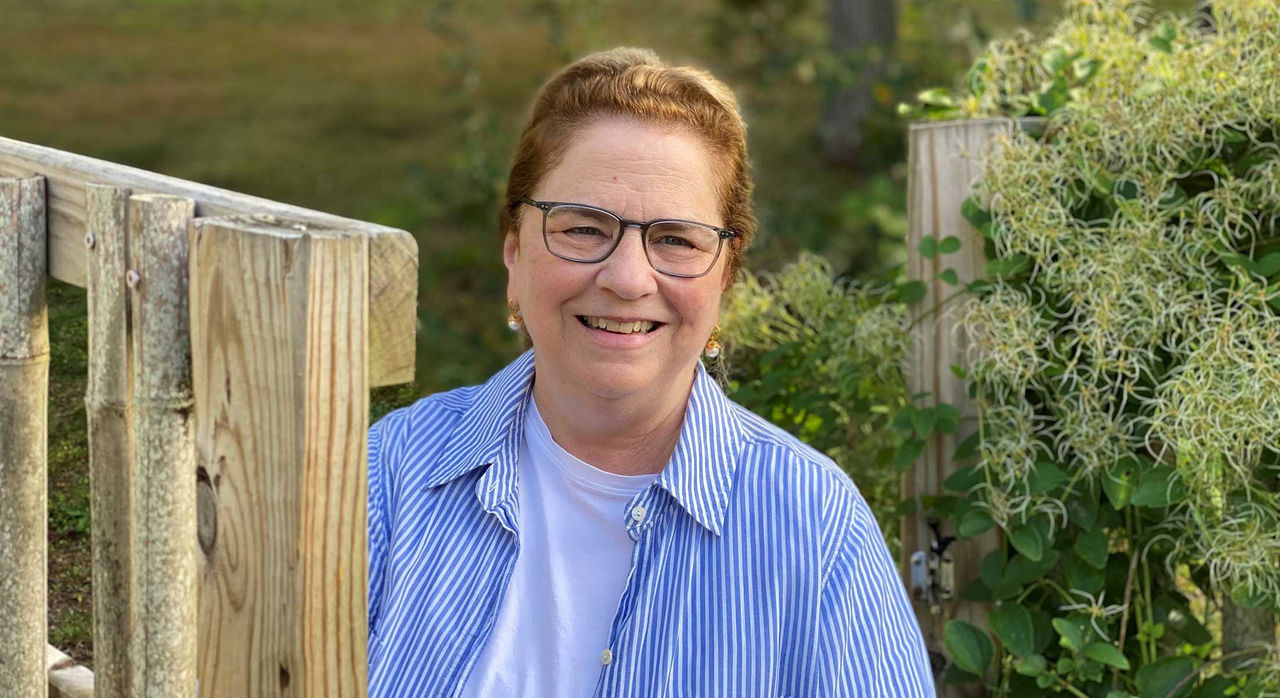-
- Find Care
-
- Visitor Information
- Find a Location
- Shuttles
- Visitor Policies
-
-
- Our Virtual Care Options
- Virtual Urgent Care
- Virtual Visits for Primary & Specialty Care
- Online Second Opinions
- Participate in Research
-
- Contact us
-
- For Innovators
- Commercialization Guide for Innovators
-
-
- Research News
- Alzheimer's Disease
- Artificial Intelligence
-
- Overview
-
- Overview
- Getting Started
- New to Mass General Brigham
- International Patient Services
- What Is Patient Gateway?
- Planning Your Visit
- Find a Doctor (opens link in new tab)
- Appointments
- Patient Resources
- Health & Wellness
- Flu, COVID-19, & RSV
- Billing & Insurance
- Financial Assistance
- Medicare and MassHealth ACOs
- Participate in Research
- Educational Resources
- Visitor Information
- Find a Location
- Shuttles
- Visitor Policies
- Find Care
-
- Overview
- Our Virtual Care Options
- Virtual Urgent Care
- Virtual Visits for Primary & Specialty Care
- Online Second Opinions
-
- Overview
- Participate in Research
-
- Overview
- About Innovation
- About
- Team
- News
- For Industry
- Venture Capital and Investments
- World Medical Innovation Forum (opens link in new tab)
- Featured Licensing Opportunities
- For Innovators
- Commercialization Guide for Innovators
- Contact us
-
- Overview
- Information for Researchers
- Compliance Office
- Research Cores
- Clinical Trials
- Advisory Services
- Featured Research
- Two Centuries of Breakthroughs
- Advances in Motion (opens link in new tab)
- Brigham on a Mission (opens link in new tab)
- Gene and Cell Therapy Institute
- Research News
- Alzheimer's Disease
- Artificial Intelligence
-
- Overview
-
- Overview
- Residency & fellowship programs
- Brigham and Women's Hospital
- Massachusetts General Hospital
- Mass Eye and Ear
- Newton-Wellesley Hospital
- Salem Hospital
- Integrated Mass General Brigham Programs
- Centers of Expertise
- Global & Community Health
- Health Policy & Management
- Healthcare Quality & Patient Safey
- Medical Education
- For trainees
- Prospective trainees
- Incoming trainees
- Current trainees
- Continuing Professional Development
Catherine’s Story: Managing Chronic Back Pain

Catherine Buntaine has been a patient at the Newton-Wellesley Hospital Pain and Spine Center for more than 7 years.
Before coming to Newton-Wellesley Hospital, Catherine had met with a long string of doctors and other providers, trying to identify the root cause of her constant lower back pain. Some had diagnosed her with possible bursitis, disc issues, or other ailments, but there had never been any definitive evidence of these conditions on her x-rays.
Catherine’s primary care provider (PCP) referred her to the clinic in 2016 and she met with Mass General Brigham anesthesiologist Antje Barreveld, MD, medical director of pain management services at Newton-Wellesley Hospital. Dr. Barreveld diagnosed her with sacroiliitis. This condition involves inflammation of the sacroiliac joint that can cause pain and stiffness in the lower back, the buttocks, and in some cases all the way down into the legs.
Sacroiliac joint pain diagnosis
“Dr. Barreveld was the first doctor to correctly diagnose the orthopaedic problem that caused my distress,” says Catherine. “I have some other neurologically-related pain syndromes, including fibromyalgia, but she diagnosed my sacroiliac joint on one side as the [main] cause of my pain. It was unstable and inflamed. Since then, my pain has moved to both sides. I’ve received sacroiliac steroid injections to help manage the pain these past 7 years. Sacroiliacs are the joints between your hips and your spine. They help stabilize your hips and your back.”
The sacroiliac nerve passes through the spine, and it can be the source of things like sciatica pain and mobility issues.
“My sacroiliacs were very painful and have made it difficult to walk at some points,” Catherine says. “Doctors don’t do replacements or anything like that with these joints. With the injections, I normally have 3 or 4 months of relief, and then I'll start to feel the pain again.”
Managing pain at a central location, with a caring team
Catherine mostly divides her time between living in Boston and on Cape Cod. The clinic’s location in Newton, Massachusetts is convenient for her.
“They bring you into these beautiful exam rooms, they do all your vitals, they check all your medicines, it’s extraordinary,” Catherine says. “The way in which they care for you is so compassionate. They're so interested in everything about you and they stay with you during your entire visit. The staff is very competent and committed to their work.”
“I think it's important for us to distinguish ourselves from other places,” says Dr. Barreveld. “You can stick a needle in anything; you can operate on anybody. That's not what we're about. This is about the whole experience and the whole human and the whole person, and their pain experience. And it really is a team effort.”
Lifestyle changes to manage pain
Pain psychology: An emerging field in pain management
“I work online a couple times a month with a pain psychologist named Elyse Rubin Rosenberg, PhD, and that's been really helpful. There's a whole new field of pain science that's basically turning everything on its head,” Catherine says.
“What they're discovering is that a lot of the pain is generated by the brain when it just has a sense that something's wrong. The brain creates pain signals itself, and you think they're out in your body, which is called nociceptive pain [pain caused by actual tissue damage], but they're not. They're generated by the brain, often by an overactive fight-or-flight response. Understanding the complex way pain works and the role of the brain helped me to put aside the hunt for ‘what's wrong with me now?’”
Dr. Barreveld wants people who experience chronic pain to know that there is plenty of clinical proof that pain whose source is hard to pinpoint is still very real. Minimally understood conditions, like systemic inflammation and auto-immune syndromes, can be mysterious, but they’re not imaginary.
“A lot of times when people hear you talk about the brain, they think, ‘oh, you think I'm crazy, and that the pain is all in my head,’” says Dr. Barreveld. “But there really is a strong component; the mind-body axis is a real thing. It's not something that's fabricated or attributable to anxiety or depression. It's a really powerful mechanism of keeping the pain signal going.”
“There are a lot of unknowns,” she says. “But we do know that if you look into the brains of people with fibromyalgia [for example], their brains light up in the pain centers in completely different ways than other people’s. So, it's not a made-up thing. It's not fake; it's really there.”
“Dr. Barreveld is in the lead and the people she's brought on staff are genuinely looking at this the right way,” says Catherine. “It is an absolutely enormous change to have a better understanding of this brain/pain phenomenon and to learn techniques that get you moving again. Most pain patients stop moving, and they stay at home, and they take drugs, and then their lives shrink down to nothing. And that happened to me, and I'm reversing that.”

